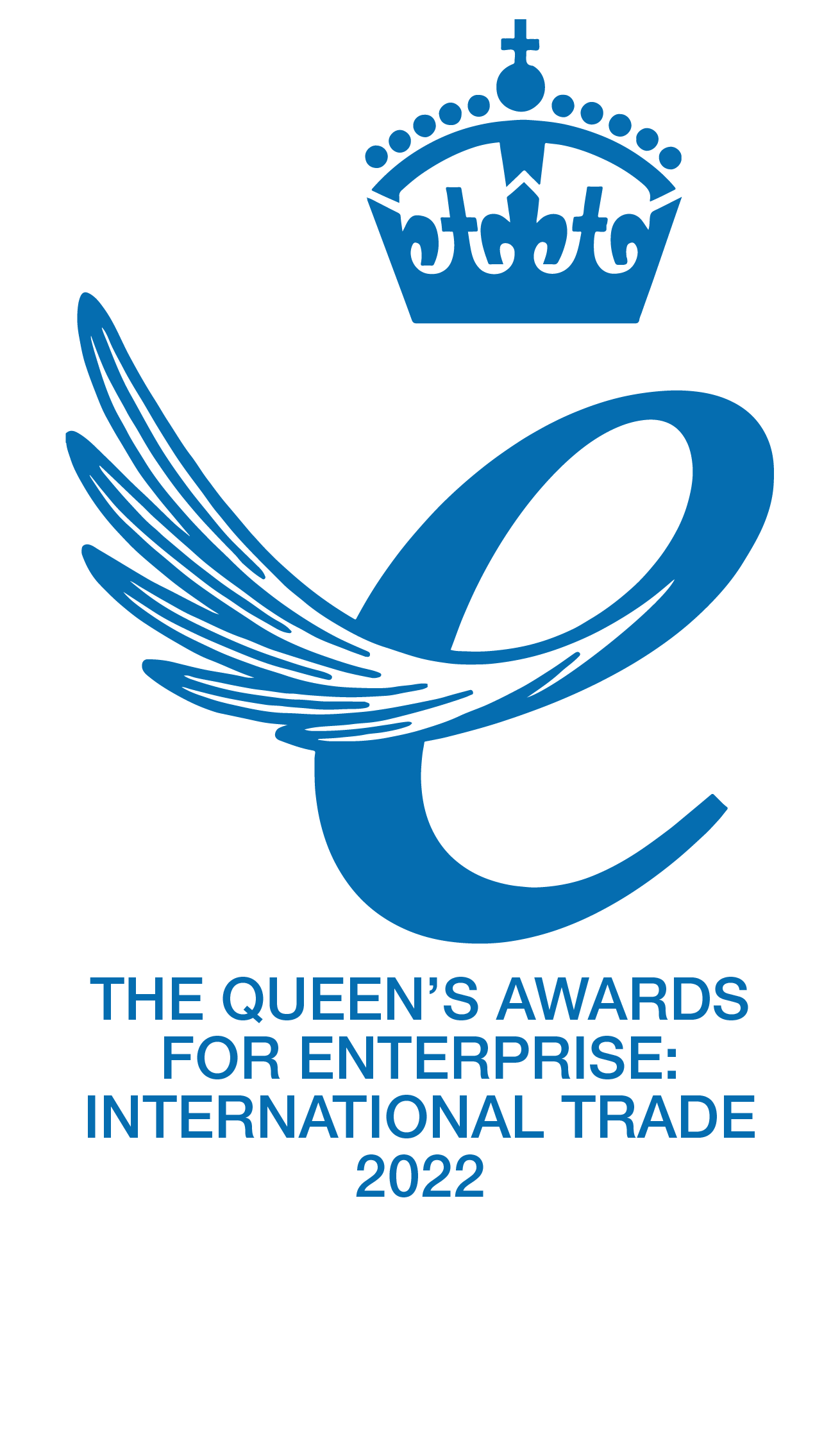Ultrasonic watertight Integrity technology explained
How find leaks in watertight seals
Introducing the Portascanner Watertight
The Portascanner Watertight is an ultrasonic technology capable of identify watertight leaks in any watertight seal. The main applications is an ultrasonic hatch leak detector, inspecting Multiple Cable Transits (MCTs), watertight doors, pipe penetrations and similar applications.
Chalk Testing
Before we go further on the ultrasonic technology though, it is good to know the background to this device. Many years ago, the preferred method for testing watertight seals was using ‘chalk testing’. This was mainly used for inspecting bulk carrier hatches and watertight doors. This worked by rubbing chalk onto one side of a seal whilst it was opening, closing & sealing the structure. It is then reopened and a visual inspection is completed, making sure that there is a complete outline all around the length of the seal, unbroken, indicating that the two parts of the seal have touched and thus one assumed the seal was watertight.
Limitations to chalk testing
The only issue with this was it only gave half the story. Visual inspections were notoriously challenging to do reliably, varied hugely dependent on the operator and were impossible to offer any degree of accuracy. Whilst they would major issues, there was no hope of picking up what nowadays would be considered a substantial leak. For a seal to be watertight, there must be strong compression between two sides of a seal and chalk testing can give no assistance here.
Why use ultrasound for testing leaks?
Coltraco were the first company globally to utilise ultrasound for testing water leaks and a substantial amount of the first insight came from our former Chairman & Founder. He was in the Royal Navy for over 30 years and a sonar expert, hence had huge knowledge of ultrasound and its potential applications.
The ultrasonic frequency we use is at a naturally ‘quiet’ point in the spectrum. There are very few ambient signals likely to be bouncing around and straight away this makes it much easier to isolate the signals we want to analyse. Ultrasound is also very dynamic. It reflects easily, can be guided and adapted in ways which allows the critical signals to be filtered out of background noise quite easily. The combination of the characteristics make it an ideal technology for analysing water leaks.
Benefits of ultrasonic leak indicator
- Keeping crew, vessel & cargo safe. Making sure hatches don’t leak is the main way of guarding against cargo claims and keeping the vessel safe onboard
- Ultrasound allows you to be highly accurate in identifying leak sites. The Portascanner Watertight for example is capable of identify leaks as small as 0.06mm.
- Ultrasound is the only technique which allows to check for gaps in the seal and compression of the seal as well
- Testing for leaks is incredibly quick, with experienced operator able to set up, carry out and complete testing in a matter of minutes
- Can test all seals including airtight, watertight, weathertight seals across bulk carrier hatch covers, multiple cable transits (MCTs), watertight doors and many similar applications
- Hatch cover testing is one main application, finding leak sites in hatch cover seals. We cover this specifically in more detail below
- With an operating range of about 100meters, the Portascanner can be used to check even the largest applications including capsize hatch covers
- Easy to use with minimal training required to carry out highly reliable and trusted testing
Hatch Cover testing
The Ultrasonic hatch leak detector is a key application where the Portascanner Watertight thrives. The generator is fitted with a magnet, allowing the user to position the generator on the hatch combing instead of always on the tank top. This makes the testing process quicker and when testing watertight doors or cable transits, much more convenient.
Crew can use the ultrasonic technology to find leaks in the hatches and we specifically designed this unit to be very easy to use and with very clear training videos. This means all crews can quickly become competent operators, keeping the vessel, crew and cargo safe.
Any size hatches can also be tested including handysize, handymaz, panamax and capsize bulkers. Whilst testing hatches is a key application, testing cable trays for leaks is another key application.





